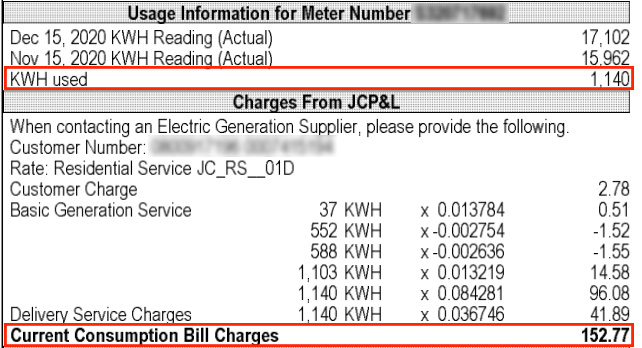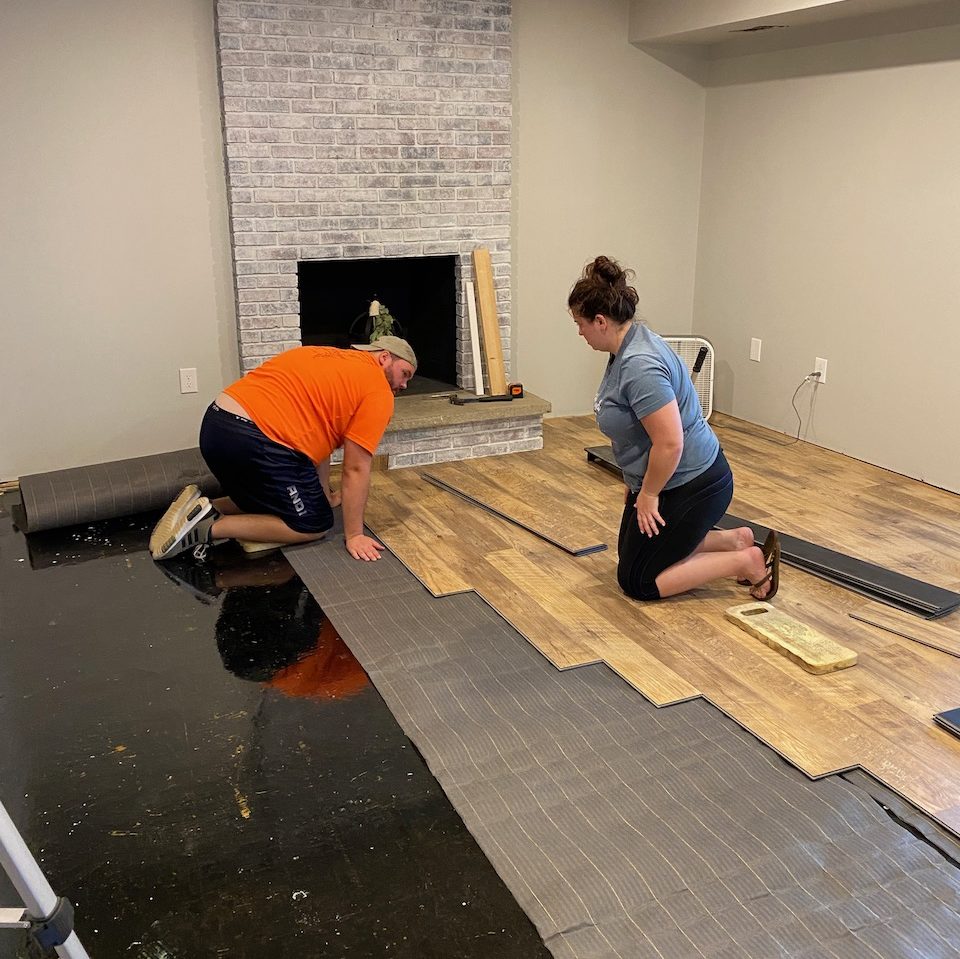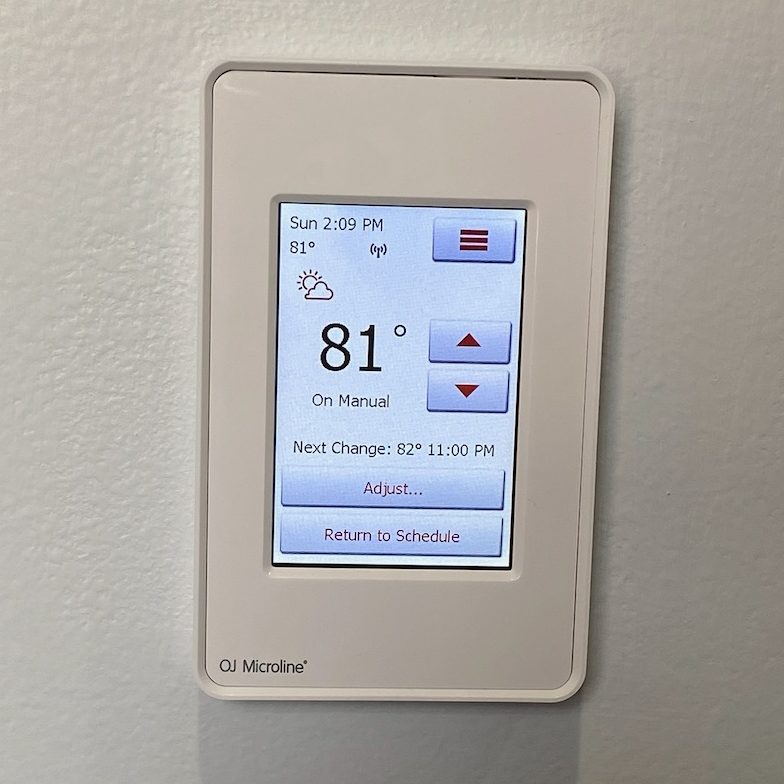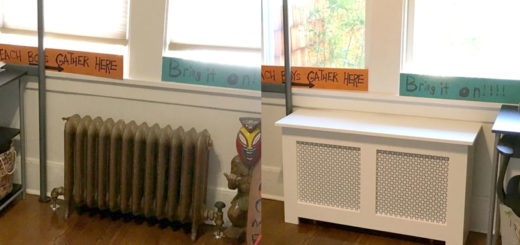How much does it Cost to Run Radiant Underfloor Heating?
I installed a lot of electric radiant underfloor heating in my YouTube series called The Living Flip. It's a series that follows Julie and Josh, my daughter and son-in-law, through the purchase of a foreclosure and all the renovations they do to make the house livable, lovable, and profitable.
I'm fortunate that the audience is very engaged and I get a lot of questions in the video comments. One of the most common is, how much does it cost to run radiant underfloor heating? Everyone feels like electricity is very expensive, and that gives electric heat a bad rap.
How much Julie and Josh pay to heat their home is irrelevant for you and your installation.
But in this blog post, I hope to give you the relevant data so you can figure out what it will cost you to operate an electric radiant underfloor heating system.
Small project with radiant underfloor heating
I will never again remodel a master bathroom without radiant underfloor heating! Two years before Julie and Josh's project, I remodeled my master bathroom and didn't think about heating it. Boy, do I regret that decision!
But Julie and Josh got lucky. I did a lot of research before installing their tile and I ended up buying their radiant underfloor heating system from Thermosoft for around $300. Definitely worth the cost!
This small 30 square-foot bathroom only needed a single mat, 1.5-foot by 10-foot, that consumed just 180-watts of power while heating. That's around one-tenth the amount used by a hair dryer or curling iron so we just tapped off the existing 20-amp outlet to power the thermostat.
Operating Costs
It's very easy to calculate the cost of running a single-mat radiant underfloor heating system. You can do this before purchasing the system to get a good estimate of your operating costs.
Here's the formula:
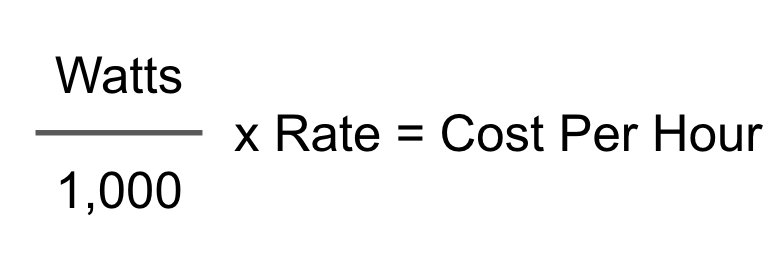
Watts – First, you need to know the wattage of your heating mats. This should be listed on the website along with the prices of the mats. Household electricity is measured in kilowatts, so you need to divide watts by 1,000 to convert it to kilowatts.
Rate – Look at your electric bill and you'll see multiple charges that can be confusing. For estimation purposes, let's make it simple and just divide the total charge by the total number of kilowatt-hours (kWH) you consumed.
Cost Per Hour – Multiply the kilowatts by the rate per kilowatt-hour and the result is the cost to run your mat for a solid hour. This number will be surprisingly small, but we're not done yet.
Determine your Electric Rate
Here is a snippet from my December 2020 electric bill. There are a lot of numbers with various rates, but don't get confused. I outlined the two important numbers:
To determine my electric rate, I divide my total charge $152.77 by KWH used 1,140. That comes out to $0.134, which is 13.4 cents per kilowatt-hour.
So now we're ready to plug numbers into the formula.

The website says our 1.5-foot by 10-foot mat uses 180 watts. That gets divided by 1,000 to convert it to 0.18 kilowatts.
Next, I enter my average electric rate calculated above.

I plug these numbers into my calculator to get the result.

$0.024 that's dollars, or 2.4 cents per hour. I told you the number would be surprisingly small. But wait, it gets better.
You don't run your heat all the time. There's a thermostat on the wall with a remote sensor in the floor and that cycles on and off as needed to keep the floor at your desired temperature.
Julie keeps her bathroom floor at a comfortable 78℉. Let's say her thermostat cycles on for one minute every five minutes. That means it runs for 20% of the time.
Estimate the Monthly Cost
To estimate the monthly cost, we enter the cost per hour, the number of hours in a month, and the % of time it runs.

I plug in my numbers:

This is the most confusing part, I think, so let's review. 0.024 is the cost to run the heat mat for one hour. There are 720 hours in an average month (24 x 30). Assuming the heat is on 20% of the time, it would cost $3.46 per month for radiant underfloor heating in this bathroom. That's a small price to pay for Julie and Josh to have warm feet!
Large Project with Radiant Underfloor Heating
Just like any other heating system, larger areas require more heat. So let's look at more complex example with larger rooms and multiple mats.
Julie and Josh have a bi-level house with the downstairs on a concrete slab. They covered the entire downstairs with Mannington AduraMAX luxury vinyl plank flooring with Thermosoft's WarmStep radiant underfloor heating.
This was a large installation with three separate zones. We ran two new electric circuits for these zones and one of them was so large, it needed to be 240 volts.
Calculating the cost of running a zone with multiple mats is slightly more work than the single-mat example above, but not much. You just need to add up the total wattage of all your mats on the thermostat.
Zone 1 – Den / Laundry / Bathroom
The largest of the three zones has 6 heating mats:
- 3×18 (4 * 480W = 1,920W)
- 3×6 (158W)
- 3×5 (132W)
1,920 + 158 + 132 = 2,210 watts total
2,210 watts / 1,000 = 2.21 kilowatts
2.21 kilowatts x $0.13/kWH = $0.287 per hour
$0.287 x 720 x 20% = $41.37 per month
Zone 2 – Entryway
The entryway is the open space between the garage and the steps going upstairs. This is an open foyer area that tends to be the coldest. It has 3 heating mats:
- 3×12 (312W)
- 3×10 (264W)
- 3×6 (158W)
312 + 264 + 158 = 734 watts total
734 watts / 1,000 = 0.734 kilowatts
0.734 kilowatts x $0.13/kWH = $0.095 per hour
$0.095 x 720 x 20% = $13.74 per month
Zone 3 – Home Office
We put the home office (which can also be used as a guest bedroom) on it's own zone because Julie will only heat that room while she is working there. It has four heating mats:
- 3×12 (312W)
- 3×10 (264W)
- 1.5×12 (148W)
- 1.5×10 (132W)
312 + 264 + 148 + 132 = 856 watts total
856 watts / 1,000 = 0.856 kilowatts
0.856 kilowatts x $0.13/kWH = $0.111 per hour
$0.111 x 720 x 20% = $16.02 per month
Smart Thermostats
The sum of these three zone estimates is $71.13 per month for all the downstairs radiant underfloor heating. That seems like a lot, but I can tell you these areas would be unusable without supplemental heat in the winter. So a few hundred dollars a year is very reasonable to have complete use of their home.
I also think this is estimate is too high. Here's why.
My calculation assumes the thermostat is set at a constant temperature, day and night, for 30 days. In reality, Julie and Josh have smart thermostats controlling each of these zones. The thermostats lower the temperature at night and while they are at work; and they raise the temperature when they are likely to be using the areas. For example, the home office is only heated during the work day, and only on days Julie is working from home.
Compare to a Space Heater
Let's say they didn't install the radiant underfloor heating and decided to use space heaters instead. Not only are space heaters more dangerous to use (burns, house fires, etc.), they can also cause circuit breakers to pop because those circuits weren't sized for electric heat.
If Julie wanted to work from home, she would probably buy an oil-filled radiator like this one. This kind of heater has two heating elements: 600W and 900W. With both on, it uses 1,500W max.
For this kind of heater to effectively warm a room, Julie would need to go downstairs and turn it on at least an hour before she starts working. She would also need to keep the door closed so the heat wouldn't escape (remember, the rest of the downstairs would be cold).
In addition, Julie would need to wear thick fur-lined boots (like Uggs) because her feet would always be cold on the concrete floor.
Heat rises. A space heater warms the ceiling, far from where Julie is sitting.
Radiant underfloor heating warms the lower 2-3 feet in the room, where Julie is sitting. The entire room is comfortable with no drafts. She can work in bare feet, if she wants, and keep the door open.
The radiant underfloor heating in the home office uses 856W which is slightly less than the medium setting on the electric radiator. So the operating cost would be virtually the same.
This decision is about comfort. Radiant underfloor heating is the most comfortable form of heat because it warms where you are coldest.
I'm sure there is also reduction on their gas bill because the furnace runs less, but that's too hard for me to calculate. If you're still on the fence, trust me. Radiant underfloor heating is a good investment and a great selling feature in any home.



